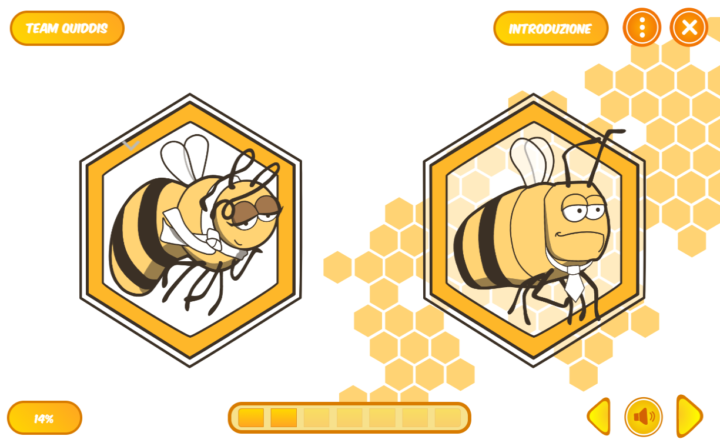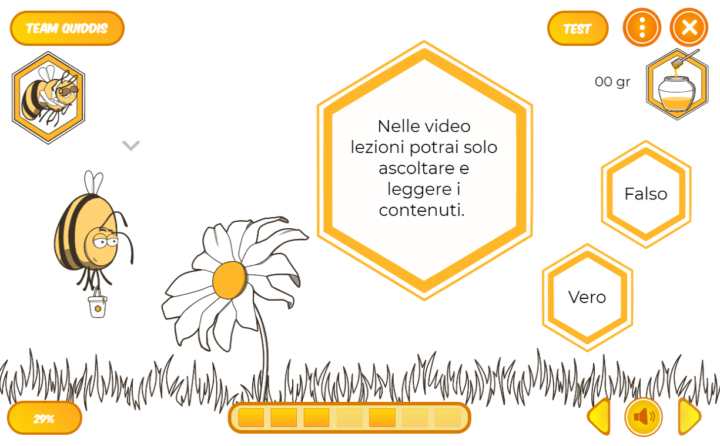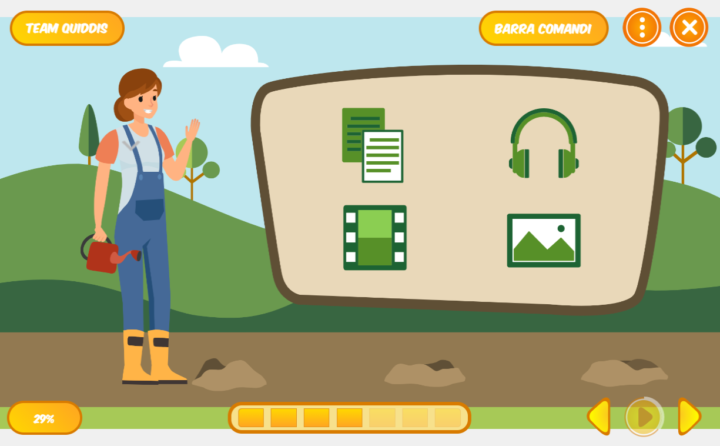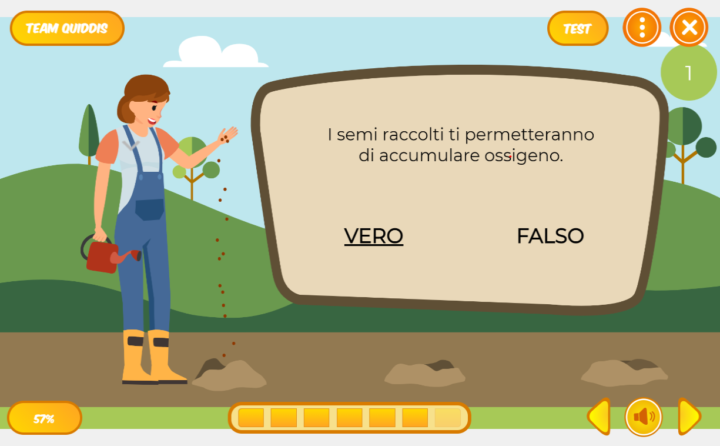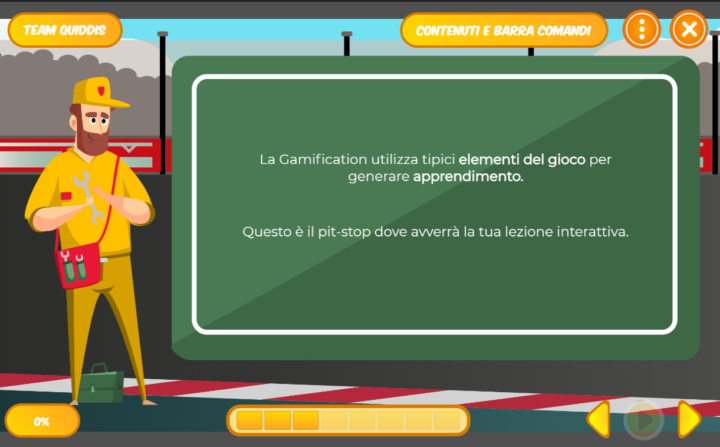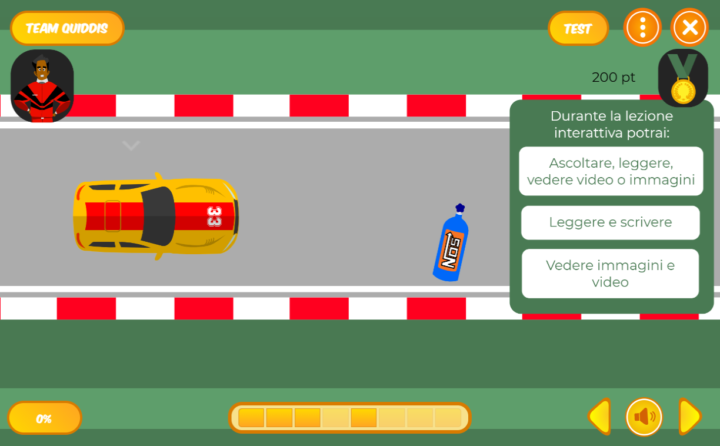SCORM templates based on gamification: the role of game in eLearning
We have already described in the past different ways to use gamification in eLearning to improve engagement and motivation: in this article we will talk in particular about SCORM templates based on this strategy and the role of game within digital training programs.
GAMIFICATION IN TEACHING MATERIALS FOR ELEARNING
If it is true that most part of gamification mechanisms need to be applied on the design level of eLearning programs, it is also true that it is possible to build teaching materials – and specifically SCORM templates – according to game dynamics.
In particular, this type of content leans on the concept of competition with oneself or with others, making users face challenges to overcome to collect points and complete a mission. Learning moves on the back burner, becoming a tool to reach a goal different from mere education: this will help to keep high levels of motivation during the whole process, since every piece of the lesson will be useful to get closer to achieve the objective.
In this kind of program it is fundamental to nourish the sense of satisfaction: dynamics like the collection of points or the achievement of rewards and badges can contribute to engaging learners, making the challenge more valuable and consequently improving the desire to reach good results.
THE ROLE OF GAME IN ELEARNING
As we have mentioned, the main goal of using SCORM templates based on gamification is to improve motivation and engagement. However, it should be clear that this strategy is not suitable for any training program nor for any kind of objectives: in fact, the decision to apply it needs to be considered carefully based on a close analysis of target and training needs.
In addition to age, cultural background and digital literacy level of users that we have mentioned, it is essential to keep in mind the type of content you want to convey in your lessons. Despite the fact that gamification can be used to talk about any topic, there is no guarantee that the teaching materials will keep the same levels of effectiveness: to evaluate this aspect, in fact, it becomes necessary to consider professionalism and appropriateness, since the game context can be inappropriate and get the opposite effect compared to what is expected.
HOW TO INTEGRATE GAMIFICATION IN TRAINING PROGRAMS
Keeping this in mind, then, it is essential to understand how to integrate gamification in training programs. On one side, in fact, the game can be the base of all the teaching materials, being a constant during all the learning steps. On the other hand, if as we have seen this tool can sometimes be counterproductive, the chosen strategy could be to apply gamification mechanisms only to specific sections of the process, with the clear goal to stand out against the rest.
Talking about that, a winning choice could be to use games in the test phases, namely pre-assessments, intermediate and final. In these contexts, in fact, gamification can help to take the edge off, making students feel more at ease and somehow taking their minds off the quiz itself, moving the focus from the learning evaluation to completing the mission.
SCORM TEMPLATES BASED ON GAMIFICATION
The choice of the storytelling that will be the topic of the game can be based on a closeness or contrast strategy in relation to the topic of the lesson or the context of reference of learners. On one hand, in fact, you can decide to involve users in a mission linked to their usual working life: this can be useful to avoid the risk of excessive distraction or people not to take seriously training presented in this way.
On the contrary, if you go for a more differentiating solution, the only limit is in the creative abilities of the instructional designer and the graphic team working to build the SCORM template of the game: the challenge can be set in any context, realistic or totally imaginary, with a more of less funny style.
To design our gamification SCORM template, we as Quiddis Team have chosen three contexts of reference for our challenges: honey collection within a beehive, a car racing and the planet environmental protection. You can take a glance at our designs in the carousel above or ask for a demo to discover all about the missions we have created for your eLearning courses. What are you waiting for? Contact us to receive more information!
Did you like the article? Share it!



